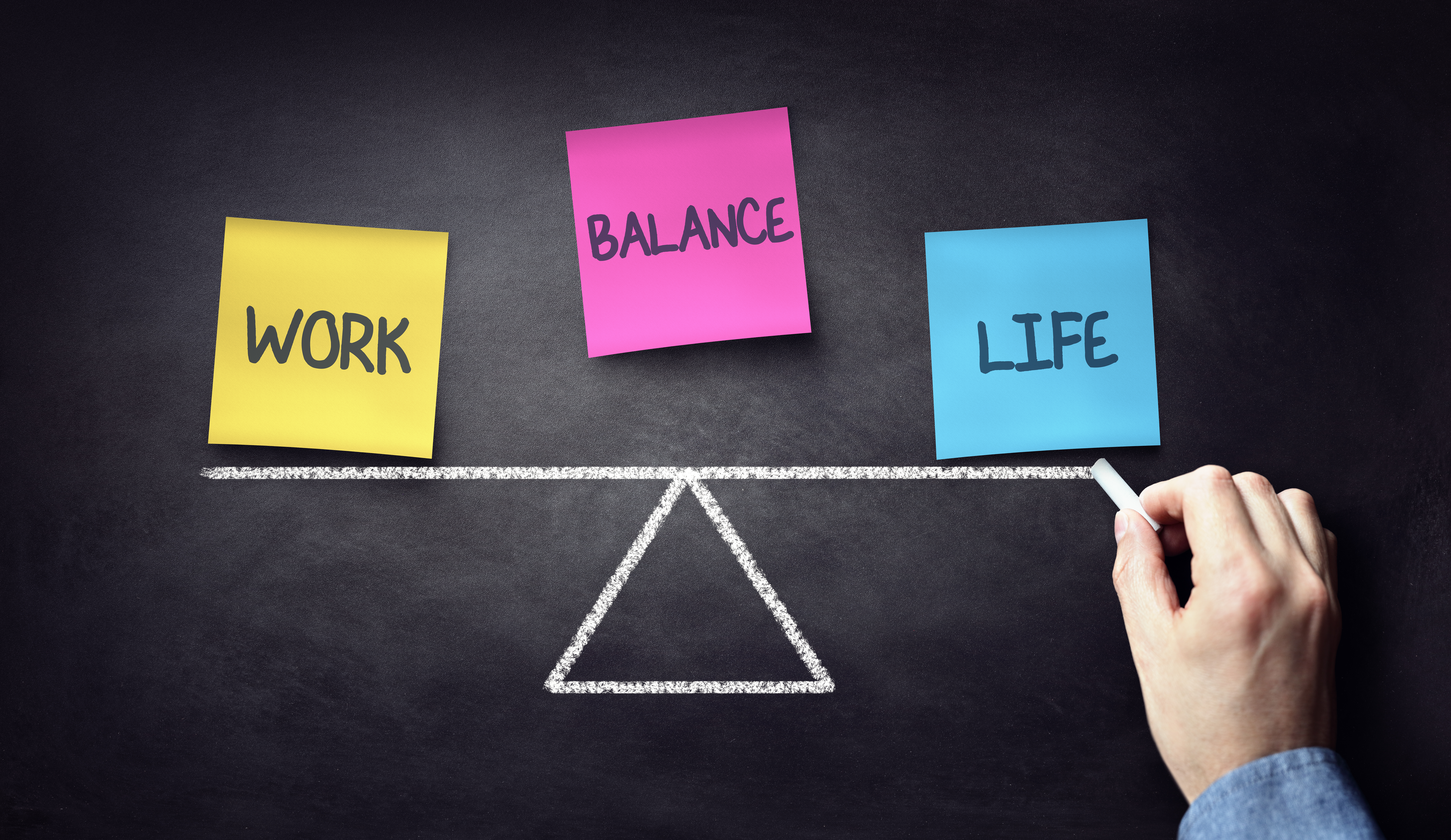In our hectic modern world, finding a healthy work-life balance can often seem like an impossible task. The constant demands of work, combined with the demands of family, friends, and personal pursuits, can leave even the most organized individuals feeling overwhelmed and stressed. However, finding a work-life balance is essential for maintaining good physical and mental health, and finding happiness in our personal and professional lives. The good news is: achieving a healthy balance is not impossible! With a little determination and some practical strategies, anyone can achieve a healthy work-life balance that allows them to succeed in their career and enjoy their personal life.
Prioritize Your Time
One of the most important things you can do to achieve a work-life balance is to prioritize your time effectively. Start by identifying the most critical aspects of your life, such as work, family, and personal activities. Allocate time for each of these areas, and be honest with yourself about how much time you can realistically devote to each.
Don’t neglect making time for the things that are important to you in your personal life, such as spending time with family and friends, pursuing hobbies, or enjoying some alone time! Consider delegating tasks or saying no to some activities in order to allocate more time to the areas that matter most.
Getting Practical: Set clear boundaries between your work and personal life. For example, try to avoid taking work home with you or answering work-related emails outside of your standard working hours. Similarly, avoid personal activities during work hours. Creating clear boundaries between these areas of your life can help you to be more productive and more present in each area.
Develop Effective Time Management Skills
Effective time management can help you make the most of your time and increase your overall productivity. Start by setting clear goals for each day or week, and prioritize your tasks based on their level of importance. Break larger tasks into smaller, more manageable pieces, and focus on completing each one before moving onto the next. Use tools like calendars, to-do lists, and time-tracking software to stay organized and accountable.
Getting Practical: Try a time management technique such as the Pomodoro method, batching, or blocking. The Pomodoro method involves working on a task for a set amount of time, usually 25 minutes, before taking a break. Batching involves doing similar tasks together, such as checking email or making phone calls. Blocking involves setting aside a specific period of time, such as an hour, to work on a particular task without interruptions.
Communicate Effectively with Your Employer
Communicate your work-life balance needs and concerns to your employer. Having clear communication allows for expectations (yours and theirs) to be understood, feedback to be given and received, and problems to be solved quickly. Additionally, effective communication can help to ensure that you and your employer are on the same page thus reducing confusion and potential conflict.
Getting Practical: Highlight the benefits of a healthy work-life balance and how it can positively impact your overall job performance. Work together with your employer to develop a plan that works for both of you.
Learn to Say No
One of the biggest challenges in achieving a work-life balance is learning to say no to requests and activities that don’t align with your priorities. Saying yes to everything can lead to burnout and leave you with little time for the things that matter most. Learning to say no can be difficult, but it is essential for maintaining a healthy work-life balance. It can also help you to better allocate your time and energy to the things that matter most.
Getting Practical: Say no to tasks, projects, or activities that add unnecessary stress or burden to your workload. Focus on tasks that are essential to achieving your goals and let go of guilt or fears of missing out. Remember that just because you can, it doesn’t always mean you should!
Make Self-Care a Priority
Finally, it’s important to make self-care a priority in achieving a work-life balance. This involves taking care of your physical and mental health, including getting enough sleep, exercising regularly, and taking time to relax and recharge. When you take care of yourself, you are better able to manage the demands of work and your personal life, and achieve a healthy balance between the two. During your personal time, focus on activities that help you feel relaxed and refreshed, such as exercise, meditation, or hobbies.
Getting Practical: Taking regular breaks can have a significant impact on your overall health and well-being. Try to take at least one break during the workday to stretch your legs, take a walk, or simply relax for a few minutes.
Finding a work-life balance is easier said than done, but it is essential for maintaining good physical and mental health, and finding happiness in both our personal and professional lives. It can help improve job satisfaction, increase productivity, and prevent burnout.
By prioritizing your time, developing efficient time management skills, communicating effectively with your employer, learning to say no, and making self-care a priority, you can achieve a healthy balance between work and your personal life. Remember, a healthy work-life balance is a journey, not a destination, so be patient and kind to yourself as you work towards your goals!








